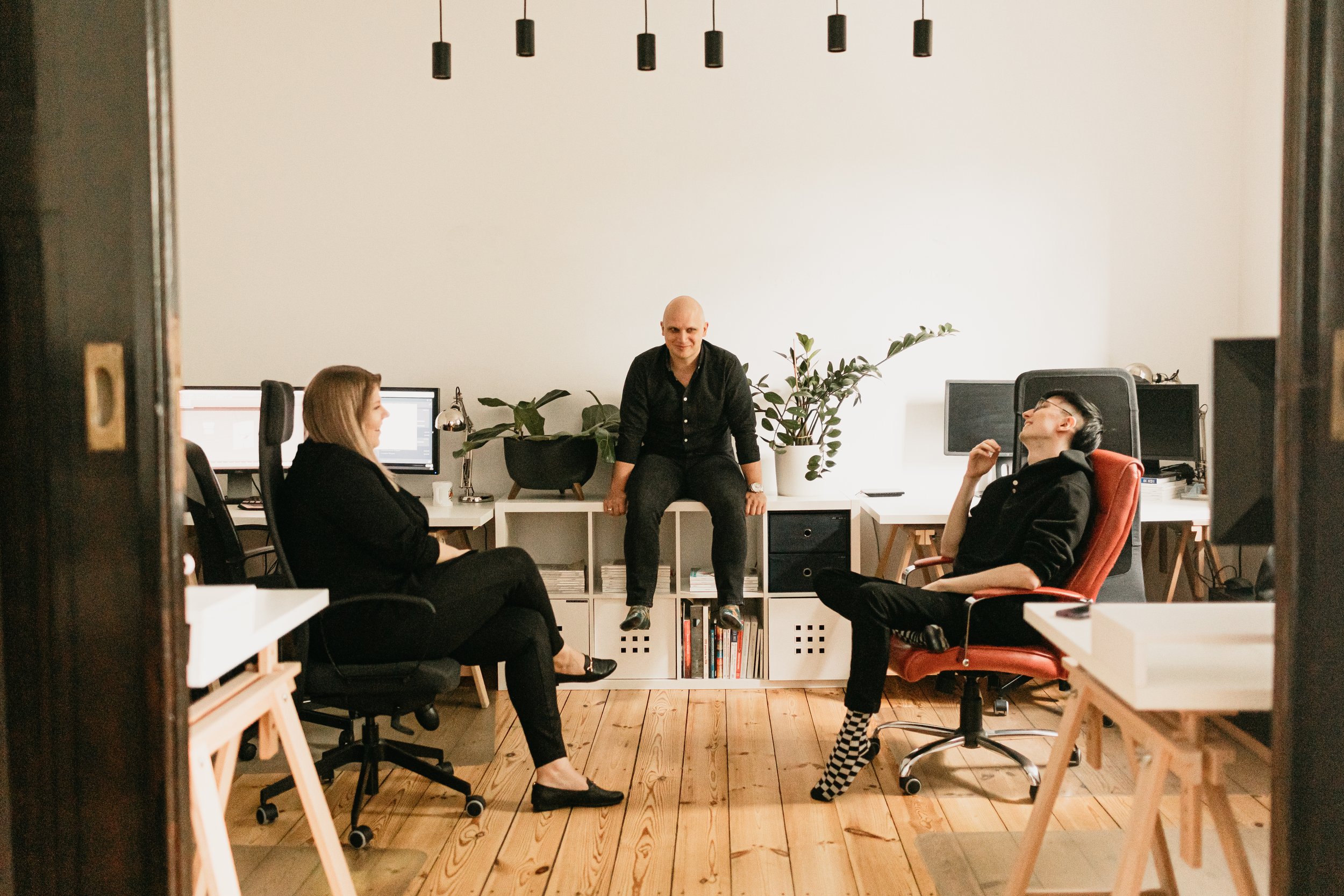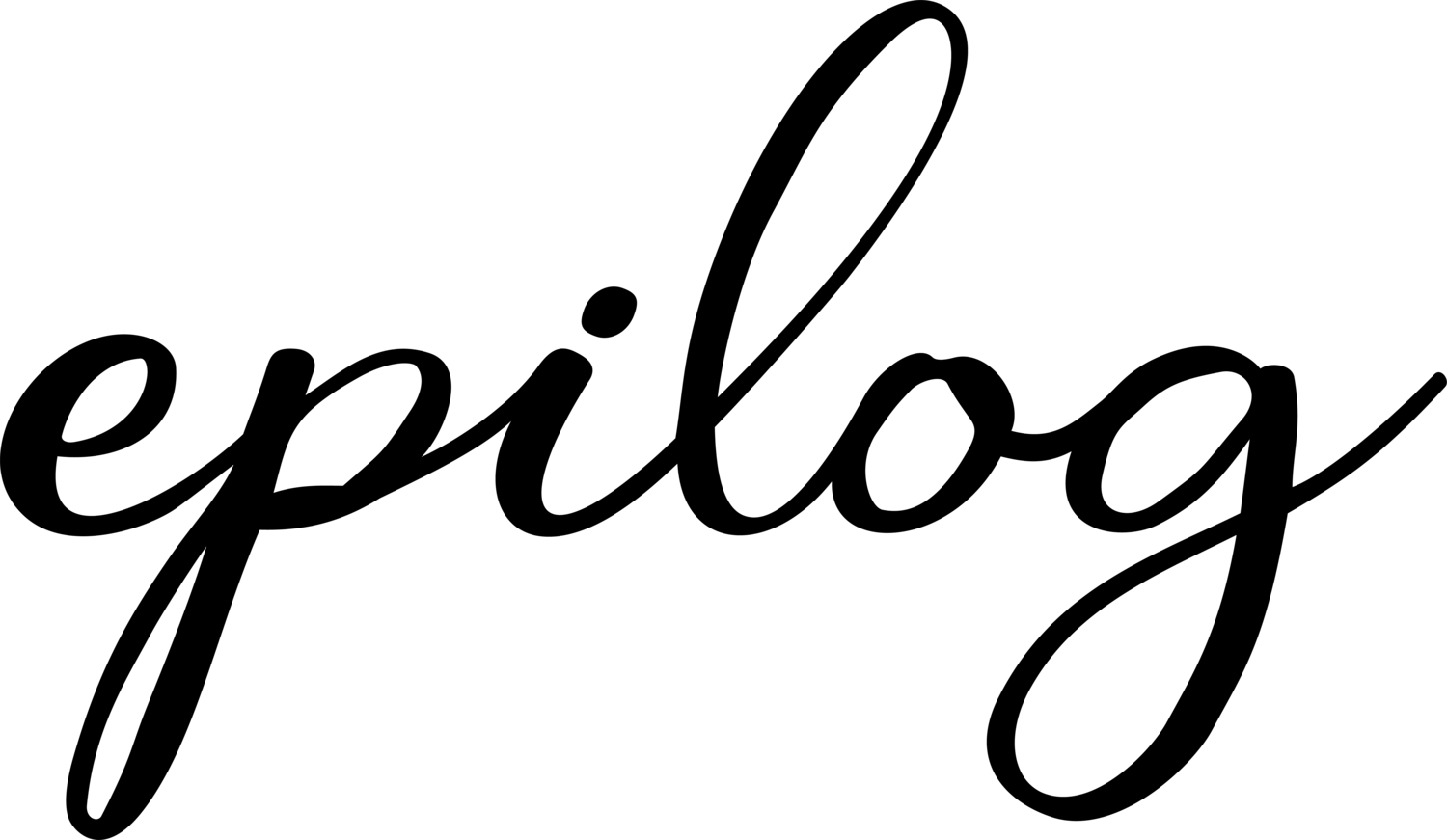Glossary of magic
At Epilog, we know that technical language can be confusing and complicated. That's why we speak simply and understandably, without technological gibberish. However, sometimes there are more complicated phrases that we would like to explain here.
Numbers
It's nothing but three-dimensionality. This concept means that an object has dimensions in three directions - height, width, and depth. Unlike two-dimensional images or films, 3D models or animations allow viewing objects from different perspectives and create an impression of depth and three-dimensionality.
3D
Type of animation that allows for virtual movement through a three-dimensional environment. It can depict a building, landscape, interior, or other location. It allows for a virtual walk-through from various perspectives and angles, creating the impression that we are there in person.
3D flythrough
Creating 3D models using specialized sculpting software. It is similar to carving in wood or marble, but done with a computer. You can start with a "raw material" (e.g. a block) and shape it by adding or removing material.
3D sculpting
A
Process of presenting motion and interaction in a three-dimensional model, often used in movies, computer games, and commercials. It can also be used to showcase your product in an interesting way, allowing its qualities and features to be captured through a moving form. Instructional animations are particularly useful for showing users how a product works and what its functions are. With this solution, we can accurately present the functioning of individual components, especially if they belong to more complicated systems.
Animation
Main scene, the leading image that the viewer is supposed to perceive as the most important. It depicts key moments, shots highlighting important characters, the most important places or objects. It is the basis for B-roll shots.
A-roll
B
Additional footage (film material or photos) that complements and intersperses the main scenes. B-roll is often used to illustrate information presented in A-roll, such as outdoor shots, close-ups, details, etc.
B-roll
C
Computer Aided Design is a type of software that allows for the creation and editing of three-dimensional models and technical drawings. It is often used in architecture, construction, industry, as well as in product and furniture design. CAD enables precise design and technical documentation creation.
CAD
Computer Generated Imagery is a technology that allows for creating images or movies using a computer. This means that we don't use real photos or videos, but instead, we create images and animations using special software.
CGI
It allows your customers to create individual projects by giving them the ability to change various product parameters such as color, size, material, etc. Using a computer 3D model, the configurator allows the presentation of the project in three dimensions, which increases its attractiveness and facilitates the purchase decision.
Configurator
D
Level of Detail refers to the amount of detail included in a 3D model. The higher the level of detail, the more detailed the model is. There are different levels of detail depending on the project needs:
Low-poly (low number of polygons) - models with a low number of polygons, intended for animation, websites, or interactive presentations.
Medium-poly (average number of polygons) - models with an average number of polygons, intended for films or advertisements.
High-poly (high number of polygons) - models with a high number of polygons, intended for precise visualizations, architecture, or products.
Detail - complexity level of 3D model
Our clients mostly provide documentation in the form of technical drawings, photographic documentation, or parametric 3D models - it all depends on the category and type of product. You can also send us your product, and we will map it using appropriate techniques. Please note that we cannot begin without proper information, and we officially start working on a project only after receiving full product documentation. If you only have an idea in your head, there is nothing to worry about. Simply describe or draw it in a clear and understandable way. The more information we receive, the easier it will be for us to complete the project.
Documentation
E
External view of the surroundings outside a building or other structure, such as other buildings around it, garden, roads, sidewalks and parking areas.
Exterior
F
A modern take on outdoor advertising that, instead of physical billboards or banners, uses CGI technology to create photorealistic ad visualizations in virtual spaces. This allows us to show how a campaign will look in a specific location – for example, on a building or by the street – without needing to install it in real life.
It’s an evolution of traditional OOH, offering more creative possibilities and allowing for more engaging experiences. Want to learn more about such projects? Check out our blog, where we reveal how FOOH is reshaping the world of advertising.
FOOH / Fake Out of Home
Arrangement of various elements in three-dimensional space. This may include 3D models, textures, lights, and other elements that create a cohesive scene or image. The goal of 3D composition is to create a realistic or fantastical world that is visually appealing and conveys a specific story or communicates a certain idea.
Frame / Composition
I
In 3D design means designing and creating 3D models of interior spaces. This includes designing furniture, lighting, textures, and other interior decor elements to create a realistic and attractive interior. Interior 3D allows for visualization of the project before its implementation and presentation of the product in the space.
Interior
L
It is one of the most important stages in creating realistic 3D graphics. Thanks to it, we are able to bring out the strengths of products and show them in the best light. We achieve this by using different sources of light - natural or artificial. By properly adjusting the light and its parameters, we can achieve various effects, such as shadows, reflections, and different moods.
Lighting
M
It is giving three-dimensional objects a realistic appearance. It is a combination of different elements, such as color, transparency, texture, and roughness, that describe the finish of the object. Texture is one of these elements and allows for giving the object a realistic appearance as if it was made of wood, stone, metal, or other material. The material may contain several or a dozen textures, which allows for more complex description of the object's finish.
Material
Process of creating three-dimensional objects using a mesh of points and lines. This mesh is used to determine the shape and contour of the object, and then to apply textures and materials to it.
Modelling
Three-dimensional recreation of your product using graphic software. This allows us to transfer the product into the virtual world. If you have a model database that was not created by us, we need to check its execution. This is particularly important to us, which is why we prefer to work on 3D solids created by us.
Model 3D
P
Parametric modeling
Process of creating three-dimensional objects by using parameters provided by you such as dimensions, shapes, and positions. This way, if you want to change the shape of the object, you can simply modify one of these parameters and the entire object will automatically adjust. It is more flexible and easier than creating an object from scratch.
In other words, it is 3D scanning. Method of obtaining spatial data using photographs. The photos are analyzed and processed by specialized software. The result of this technique is a 3D scan, which, after further processing, becomes a digital reproduction of the scanned object - a 3D model. This method is particularly useful in reproducing soft elements such as clothing or upholstered furniture, which typically have irregular shapes.
Photogrammetry
It's a magical world full of extraordinary details and realistic effects that we create! Instead of casting spells, we use the power of computers to create models, textures, lighting, which make the images look like real photos.
Photorealism
Final stage of the visualization creation process, which involves putting the finishing touches on features such as colors, shades, and saturation. Here, our creations take on their final form.
Post Production
R
Effect of reflecting the environment on the surfaces of three-dimensional objects. It is one of the elements of creating a realistic 3D environment. Reflections are generated by special algorithms that analyze the environment and reproduce it appropriately on the surfaces of objects. As a result, objects appear as if they were actually located in a given environment and reflect its light.
Reflections
Process of transforming data from a three-dimensional model into a two-dimensional image that can be seen on a computer screen. In other words, rendering involves "drawing" a three-dimensional model on the screen so that it is visible to the user.
Rendering
Final result of rendering, which is a 2D image depicting a three-dimensional model.
Render
S
Scanning
Based on the material samples you provide us (such as textiles, wood, stone, quartzite, and many others), we will prepare their photorealistic reproduction. Thanks to the precise replication of the finish, we will be able to reproduce the product in 3D, which will allow for its full understanding and evaluation already at the project stage.
T
It is used to present detailed technical information about a product, such as dimensions, proportions, materials it is made of, as well as information about assembly or the operation of individual elements. It is an important element in creating 3D visualizations because it allows for the reproduction of all product details so that it is as faithful to reality as possible.
Technical drawing
Stage of applying textures to 3D models, which involves adding texture, color, pattern, etc. to give them a certain look. It's like "wrapping" a model with paper, fabric, metal or other material that gives it its appearance. Texture mapping allows for the creation of realistic-looking models with textures such as wood, stone, leather, etc. Texture is one of the material's elements.
Texturing
V
Creating three-dimensional images based on a 3D model. This could be a product that is presented in such a way as to be as realistic as possible. 3D visualization allows the project to be presented in a way that allows the client to see how the object will look.
Visualization
Visualization of products /Packshots
Type of 3D graphics that allows products to be presented in a way that appears to be real. This could be, for example, a furniture, car or electronic equipment design. Through 3D visualization, we can view the product from different angles and also see how it will look in a real environment. This is very useful for designing new products, as it allows for the early detection of potential problems and for improving the design before it is actually produced. We create them in two ways:
On a white background - often used for presenting products in catalogs or on websites. This ensures that your product is clearly visible and catches the attention of the viewer.
Creatively - we present the product in an interesting, unconventional way, in combination with other graphic elements or in a realistic environment. This makes the visualization more attractive and memorable for the viewer.
Type of software that allows for viewing 3D models, but also for rotating, scaling, zooming in or out.
Viewer












